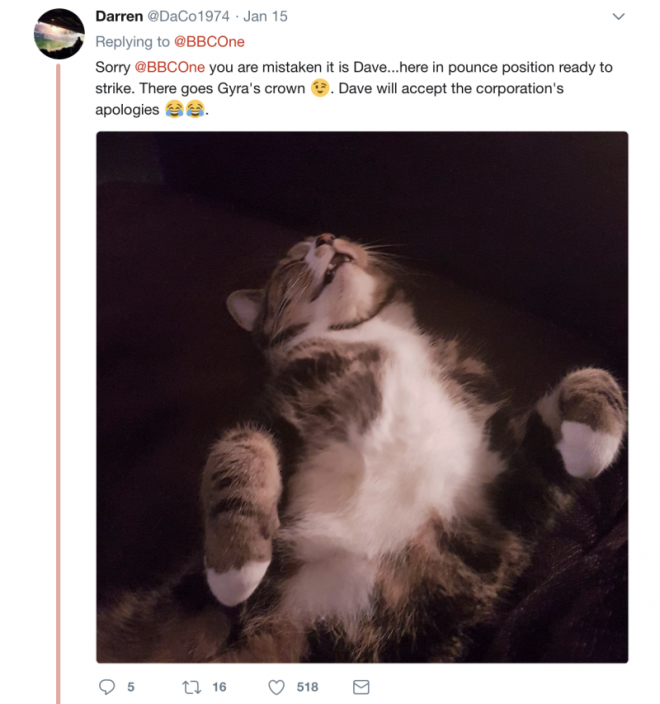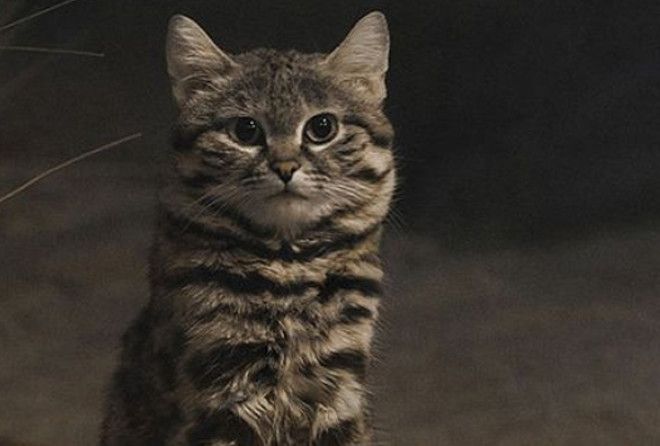Adult resident males weigh 4.2 pounds on average while the females weigh on average 3.6 pounds. Black-footed cats are buff-colored with heavy black oblong spots and thick dark stripes on the legs, tails, and neck, which help the animal camouflage. The underside of their paws and paw pads are black, hence the name.
The black-footed cat is endemic to southern Africa, thinning out northwards into Botswana, Namibia, and Zimbabwe. This African cat lives in dry, open savanna, grasslands with short grass areas in abundance of small rodents and ground-roosting birds. During the day, the cats make use of dens or empty termite mounds (especially when with kittens). They’re nocturnal and active throughout the night, using sparse shrub and tree covers to hunt. These cats are predominantly ground-dwellers and prefer to stay away from trees. Black-footed cats are extremely secretive in nature, living a solitary existence except with kittens or during brief mating periods.
According to the national Red List assessment for South Africa, the species has been listed as Vulnerable by IUCN since 2002. It’s suspected that the species is becomingly increasingly threatened, and will continue to decline due to poaching, persecution, traffic accidents, diseases, declining Springhare populations, unsuitable farming practices and predation by domestic animals. The population size is estimated to be fewer than 10,000 mature individuals and has the most restricted distribution of any African species. Black-footed cats are protected by national legislation across most of its range and hunting the species is banned in Botswana and South Africa. Some zoos breed the cats to help sustain their numbers.
It’s hard to imagine this animal, which could convincingly double as a house cat, as one of the deadliest cats in Africa. When you see a black-footed wildcat, you might automatically trace them back to memes of innocent-looking felines that are a bundle of laughs. But don’t let these lethal creatures fool you.
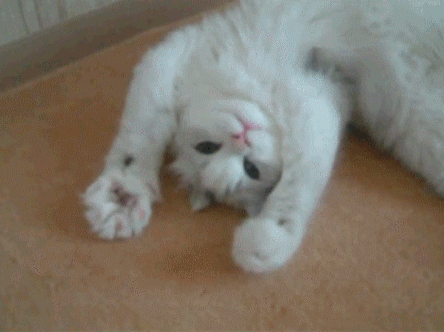
When you think of a deadly African cat, your mind might fall back on an animal that looks a little more like this…
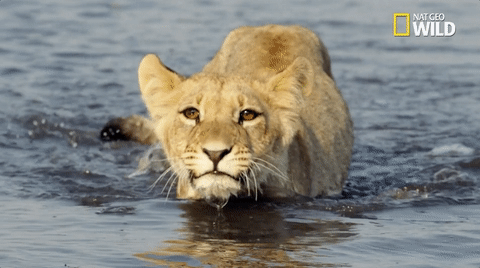
But BBC‘s series “Big Cats” – although the black-footed cats could not be confused as big by any means – proves that size isn’t everything. Camera trapping for black-footed cats is particularly difficult due to its secretive nature and small size, making the species one of the lesser studied wild cats of Africa. But BBC‘s series took advantage of a radio-collared female named Gyra to learn more about this deadly African cat and Twitter users couldn’t get enough.
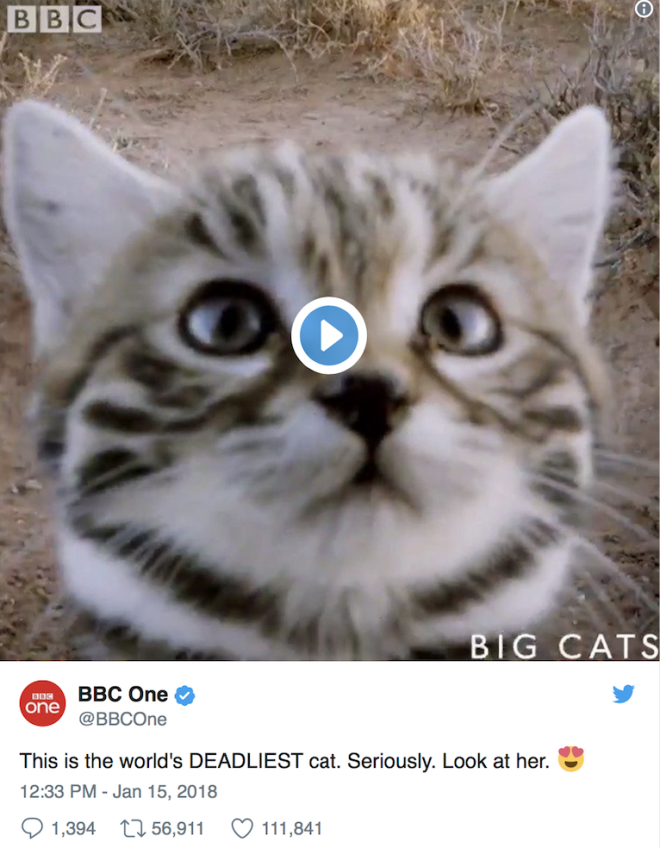
Although black-footed cats might not look like they’re ruthless killers, they move quickly and can take down tons of small rodents and birds; they also have the capability to track their prey for over 20 miles.
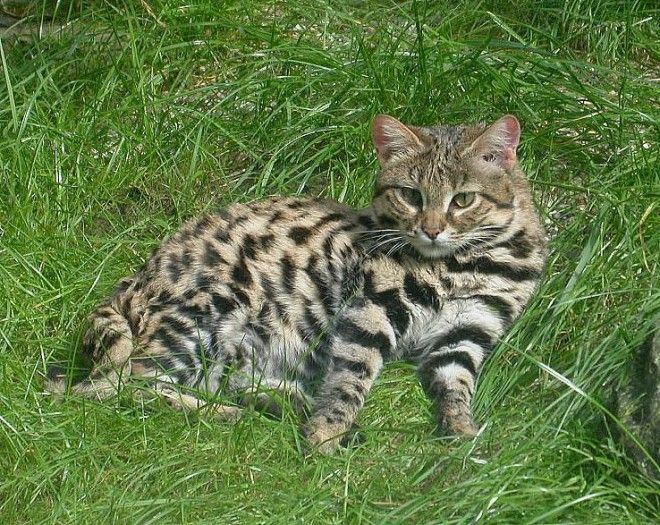
Twitter users were so amused by the idea of this small, innocent-looking house cat doppelgänger being a deadly animal that they began to share their own “deadly” cats online.
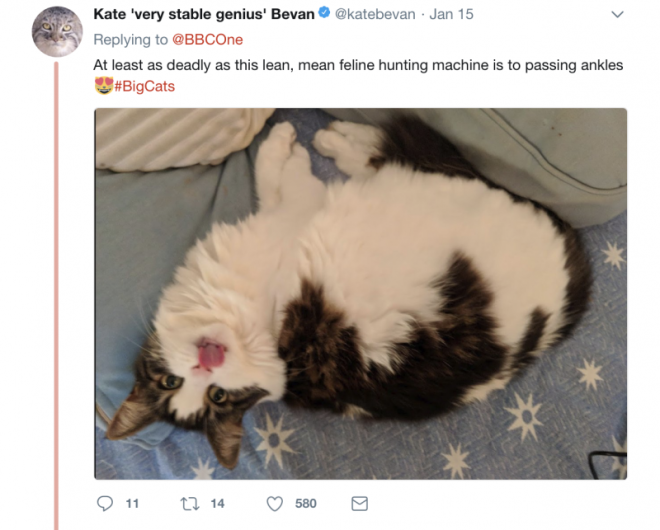
Many responded to the Twitter post by BBC with funny captions and even funnier pictures. Take a look at this kitty living the good life, surrounded by money and goods.

Here’s another threatening cat named Nutmeg taking a bite out of her owner’s finger. Similar to the black-footed cat, her cuteness is deceiving.
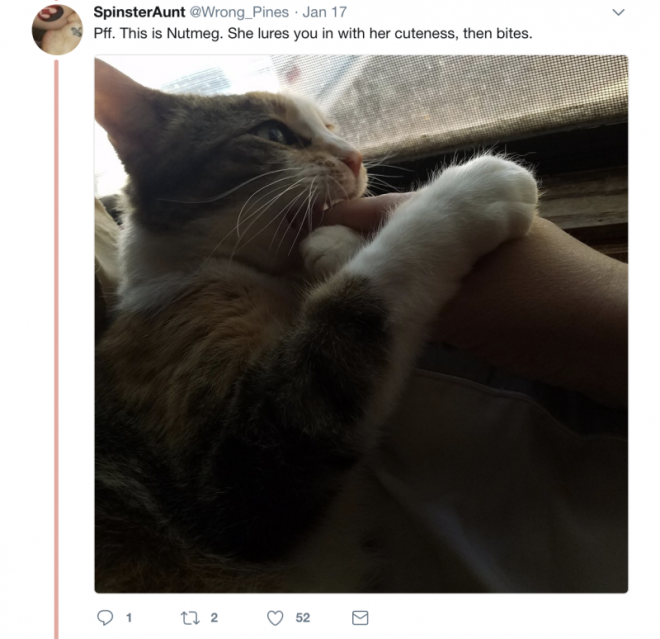
This Twitter user let BBC One know that they’re mistaken, and that their pet cat could take on an African cat any day.
